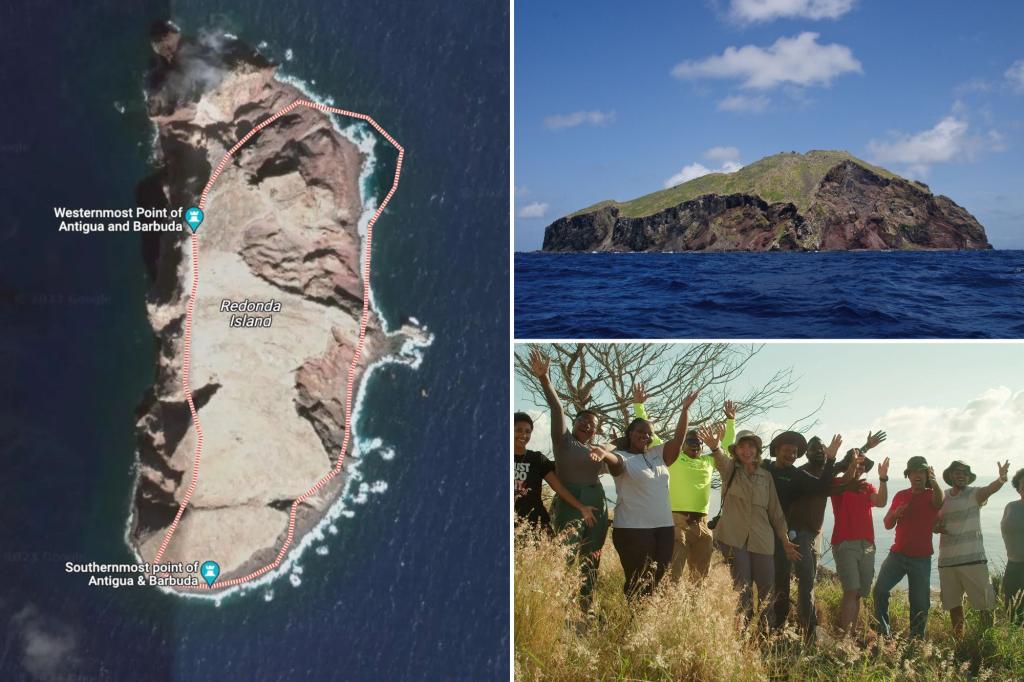A once rat-infested island — no, not Manhattan — has been revived into a wildlife refuge for dozens of endangered species.
Redonda, an uninhabited volcanic island that is part of Antigua and Barbuda, was once mined for its abundance of bird droppings and later overrun by feral goats and thousands of black rats.
After years of restoration efforts, the small Caribbean island is now a wildlife refuge for thousands of endangered species.
“The island was in such a terrible state that everyone thought it would take a very long time to recover,” Jenny Daltry, director for Re:wild and Fauna & Flora International, told environmental news channel Mongabay. “But we’re seeing changes very quickly.”
Redonda is the smallest of the three islands that make up the nation of Antigua and Barbuda. mediadrumimages Redonda, an uninhabited volcanic island part of Antigua and Barbuda, was once mined for its abundance of bird droppings, but it stopped during World War I. Google Maps
Conservation began tackling Redonda’s recovery in 2016, working to round up about 60 ravenous goats and exterminate 6,000 ferocious black rats.
Poisonous rat traps are laid. When workers returned to the island to check on them, other rats had already begun feasting on the corpses, National Geographic reported earlier in the effort. And the goats were so clever that they avoided all the traps. They had to be put in plastic bags up to their necks and blindfolded with hoods made from old yoga pants to keep calm, their horns covered with foam pool noodles, for the 20-minute flight back to Antigua.
Since then, native plants, birds and lizards have made a rapid resurgence, turning the once barren lunar landscape green again, according to local reports.
The Redonda Wildlife monitoring team is credited with turning the once barren island into a tropical sanctuary after seven years of conservation efforts.mediadrumimages
In early September, the government of Antigua and Barbuda announced it had established the Redonda Ecosystem Reserve, making it one of the largest protected areas in the Caribbean.
The island was discovered in 1493 by Christopher Columbus. Mining of bird guano for fertilizer began in the 19th century but stopped once World War I broke out, allowing rat and goat populations to run rampant.
Categories: Trending
Source: thtrangdai.edu.vn/en/



